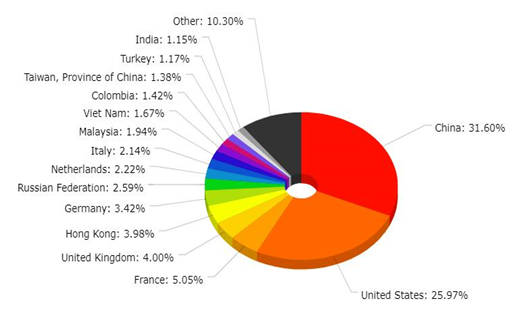BJS has no permanent, paid staff. It is run by the faculty members of the Program in Judaic Studies at Brown University, who are not compensated for their service. The Managing Editor is currently Professor Michael Satlow, who served as the Principle Investigator (PI) for this project. He hired and oversaw the Project Manager (PM), Laura Foster; generally coordinated the project and maintained its budget, and set the strategic direction; reviewed the proofreading and new prefaces; negotiated with relevant outside parties, including the vendor and partner organizations (e.g., SBL Press and the Association for Jewish Studies); and directed the rollout of the volumes. The grant compensated him for these additional tasks.
The PM, who was hired on a one-year, full-time contract funded by the grant, was in charge of the project’s day-to-day operations. These included organizing and keeping track of the files and manuscript preparation, developing a marketing plan, etc. The PM worked closely with the PI on all aspects of the project and her expertise and previous experience in publishing was critical to the project’s success.
The administration of the finances is generally handled by the administrative coordinator in the Program in Judaic Studies as part of her normal job responsibilities. For this project, however, most such matters were handled by a different part of the university specifically devoted to grant management.
We partnered with Newgen KnowledgeWorks (Newgen) to manage the digitization of the 52 back volumes. We worked with a highly skilled Project Manager, Angie Sheltz, at Newgen based in Austin, TX who worked with a team that integrated edits and created the final files. Newgen created PDF, ePUB, MOBI and TXT files for each volume in the project. Thanks to their work, the final files were easy to submit to each vendor and required no additional work from the PI or PM. Newgen charged BJS $1.20 -$1.40 per page to digitize the volumes. Additional fees were charged for pages that contained Hebrew and/or illustrations.
Project Organization
Our first step in the project was to set-up an organizational system to accurately track our progress and the details for each volume. The PM created a master spreadsheet that contained a project tracker, as well as numerous tabs with title and project specific information, such as ISBN’s, LCCN’s, DOI’s, contact information and payment amounts. The spreadsheet was a go-to resource during the project, and now at the conclusion of the project serves as an archive.
To share files between the PI and PM, we set up a Google Drive, so the PI and PM could access documents remotely and both had access to project information. The master spreadsheet for the project was also saved on the Google Drive.

